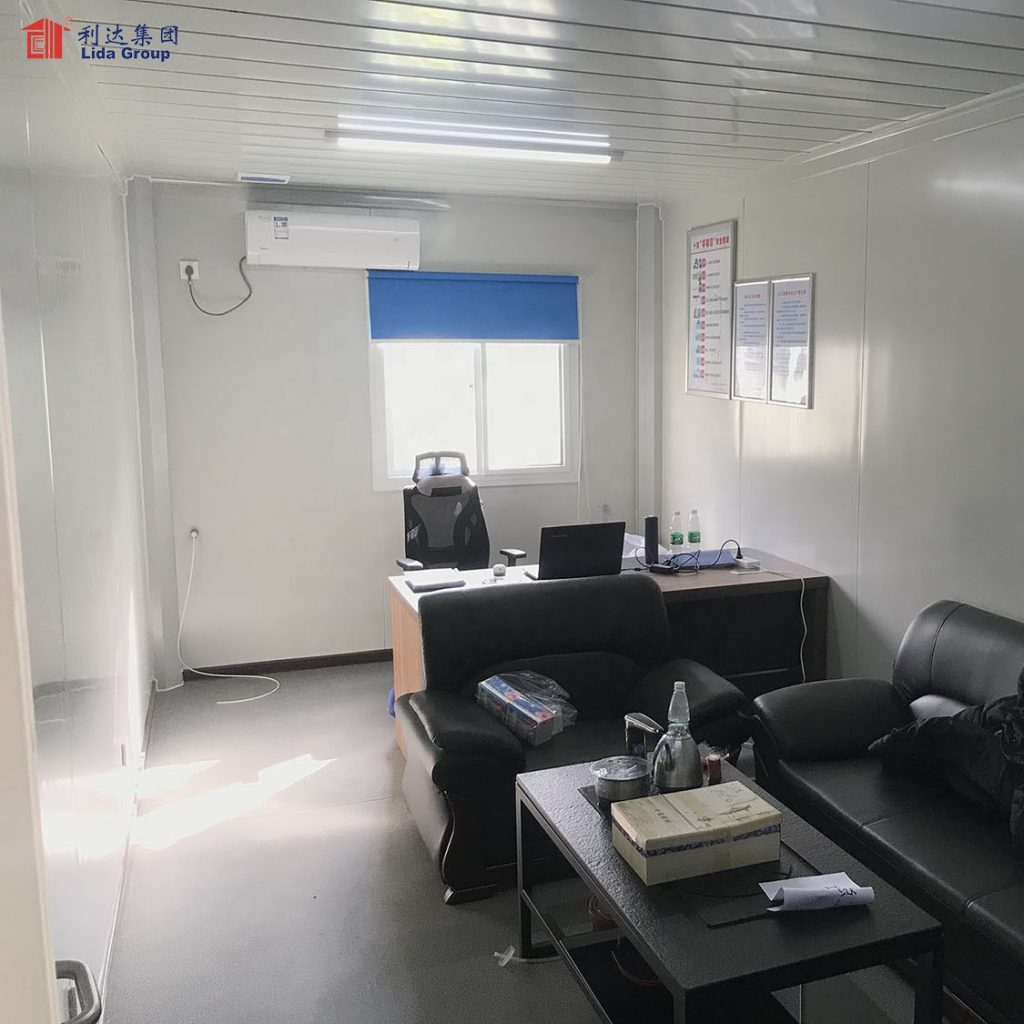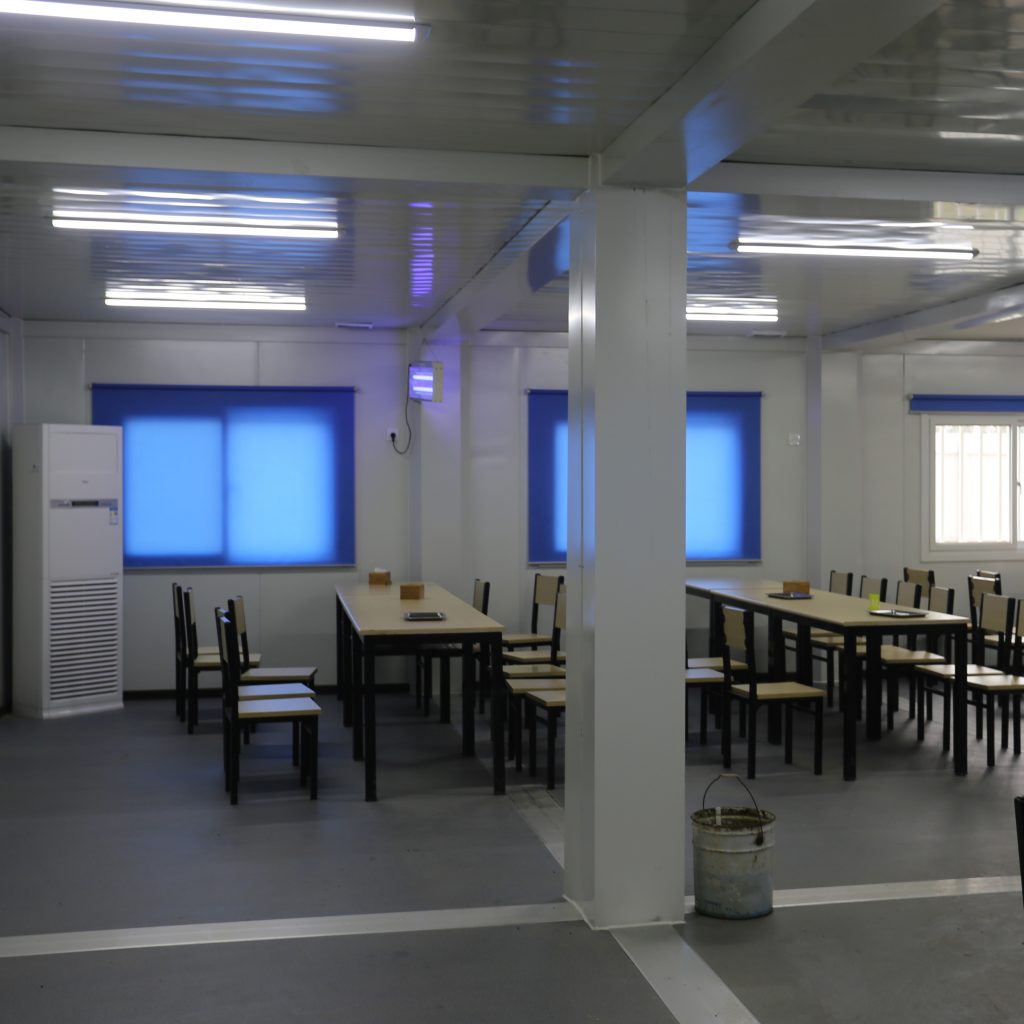Long after their original expeditions across the high seas come to an end, twenty-foot-long steel shipping containers find new purpose as altered residential structures. Dubbed ‘container houses’ or ‘container buildings’, these innovative modular dwellings are transforming the world of architecture and constructions.
The concept of container housing originated in the 1970s and has gained growing popularity over the last two decades. Lida Group, a pioneer in container repurposing, began renovating discarded steel boxes for residential use in 1993. Since then, the company has delivered hundreds of container-based projects worldwide.
The process begins with locating used shipping containers of sufficient quality and durability. Most come from ports and logistics centres after completing multiple ocean voyages. Contractors like Lida Group purchase these steel boxes and completely transform their interiors.

The exteriors of the containers change little during this conversion. Their steel frames, ribbed metal walls, and corner posts remain much the same. However, their interiors undergo major renovations. All internal structures, such as metal shelves and frames, are removed to create a blank canvas. New features like windows, doors, insulation, wiring and plumbing are then installed.
The resulting container dwellings feature many of the comforts and conveniences of traditionally built homes. Once completed, they provide fully functional livable spaces like bedrooms, kitchens, living rooms and bathrooms. Many container structures also incorporate additions and extensions made with other construction materials.
The major advantage of container buildings lies in their sustainability. They give new purpose to already existing materials, reducing resource consumption and waste production. Moreover, their modular design means construction can be rapid, straightforward and cost-effective.

Contractors simply join prefabricated containers end-to-end or stack them on top of each other to create larger spaces. They can be built almost anywhere and quickly relocated if necessary. Meanwhile, the weather-resistant steel frames of shipping containers give the finished dwellings durability and longevity.
Container houses come in a wide range of sizes to suit different needs. One or two stacked containers can form a basic backyard studio or guesthouse. Larger projects involving multiple linked containers can create spacious family homes. Some have even been transformed into boutique hotels, resorts, farm buildings and even mobile disaster housing.
The steel-framed structures also offer flexibility in design and architecture. Their boxy shape lends itself to both modern and rustic aesthetics. Contractors like Lida Group creatively conceal the industrial origins of containers behind stylish exteriors. They add features like decorative wood panelling, large windows, landscaped gardens and more to create cosy residential properties.
While still a niche segment of the housing industry, container-based constructions are growing rapidly due to concerns over sustainability, affordability and resource scarcity. They represent an innovative solution to the world’s pressing needs for more eco-friendly, cost-effective and rapidly deployable shelters. With proper renovations and additions, discarded shipping containers can indeed be transformed into altered residential abodes. As more contractors enter this expanding market, container buildings are poised to reshape the future of sustainable modular housing.
In summary, recycling used shipping containers for residential purposes offers a sustainable, affordable and flexible housing alternative. With proper renovations, discarded steel boxes can be transformed into practical and aesthetically pleasing dwellings. As concerns over resource scarcity, waste production and housing affordability grow, container buildings are poised to transform the construction industry in the decades ahead.

Related news
-
Prefabricated Modular Container House Flat Pack Containers Office House Dormitory Portable House Detachable Container House
2023-07-31 17:35:41
-
Prefab House Mobile Sandwich Panel Easy Quick Installation Modular Container House Low Cost Durable Container Worker Dormitory
2023-07-28 13:27:33
-
20FT Cheap Portable Prefab Movable Mobile Prefabricated Fast Assemble Container House Customized Free with Decoration
2023-07-28 13:58:31
contact us
- Tel: +86-532-88966982
- Whatsapp: +86-13793209022
- E-mail: sales@lidajituan.com


